Some countries just aren’t keen on visitors, full stop.
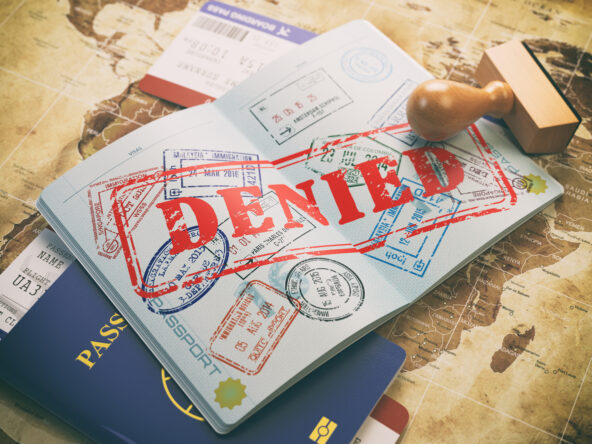
Whether it’s due to strict visa rules, deep suspicion of outsiders, or efforts to preserve culture and control influence, these places have made it very clear they’d prefer to be left alone. It’s not just Brits that aren’t wanted, either—these countries generally make it tough for almost anyone to get in. Here are 10 countries that really aren’t rolling out the welcome mat, whether for tourists, backpackers, or nosy influencers with drones.
1. North Korea
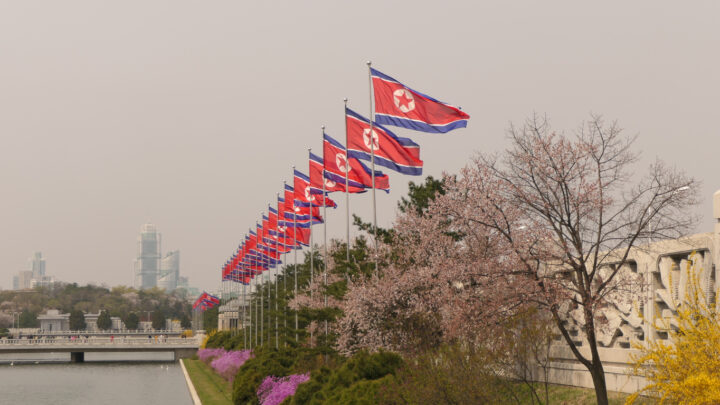
Probably the most notorious example, North Korea is firmly closed off to casual tourism. Visits are only possible through tightly controlled government-approved tours, and you’ll be watched every step of the way. Independent travel is completely out of the question.
Even if you do get in, expect heavy restrictions. You can’t speak to locals freely, wander off on your own, or take just any photo. It’s not just unwelcoming—it’s performative and eerie, with zero real cultural exchange. For most people, the risk, the ethics, and the reality just aren’t worth it.
2. Turkmenistan

Turkmenistan might not be on many travel wishlists, but even the curious few who want to visit often can’t. The country is one of the most closed in the world, with a deeply authoritarian government that controls everything from media to movement.
Tourist visas are extremely hard to get and usually require you to be part of a state-approved tour. Spontaneous backpacking or independent visits? Absolutely not. With strict surveillance and zero press freedom, it’s not exactly a place that encourages exploration or outside perspective.
3. Saudi Arabia (historically, but still complicated)
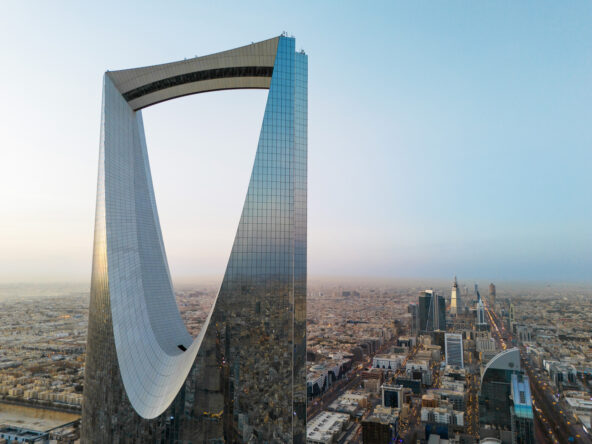
For decades, Saudi Arabia was famously closed to general tourism, especially for Westerners. It’s opened up somewhat in recent years, offering tourist visas and trying to present a friendlier face, but it’s still complicated.
Strict social codes, limited freedom of expression, and a controlled narrative mean that while Brits can visit now, it still doesn’t always feel particularly welcome. Especially for solo women or LGBTQ+ travellers, the invitation comes with heavy caveats.
4. Bhutan

Bhutan isn’t unwelcoming—it’s just extremely selective. The country operates on a high-value, low-impact tourism policy that requires visitors to pay a daily Sustainable Development Fee (currently around $100 USD per day).
This isn’t meant to be hostile. It’s about protecting Bhutan’s culture and environment. However, the reality is clear: they don’t want mass tourism, and they’re fine with making it too expensive or impractical for the average backpacker. In their eyes, less is more.
5. Iran
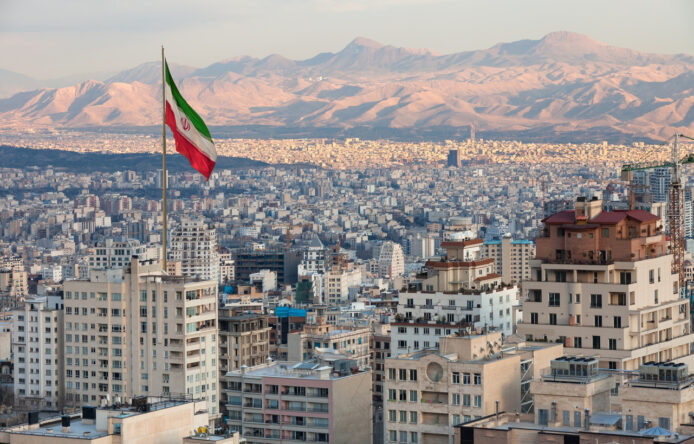
While many Iranians are famously warm and welcoming, the country’s relationship with foreign visitors, especially Brits, is tangled in decades of political tension. UK citizens must travel as part of a guided tour and can’t just wander around solo.
There’s also a level of suspicion towards Western media, influencers, and journalists, even on tourist visas. Add to that the risk of diplomatic fallout or detainment, and it’s easy to see why Iran isn’t exactly rolling out the red carpet for most foreign visitors right now.
6. Eritrea
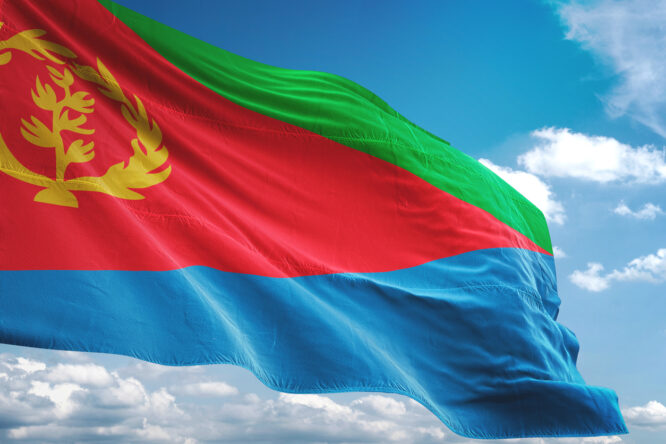
Eritrea is often referred to as the “North Korea of Africa,” and that comparison isn’t entirely unfair. The country has one of the world’s most secretive regimes, with a government that tightly controls movement, media, and access.
Tourists need permits to leave the capital, and there’s very little infrastructure or support for independent travel. Locals can get in trouble just for speaking to foreigners. It’s not so much a “don’t come” vibe—it’s more that once you’re there, you realise you were never meant to see much anyway.
7. Libya
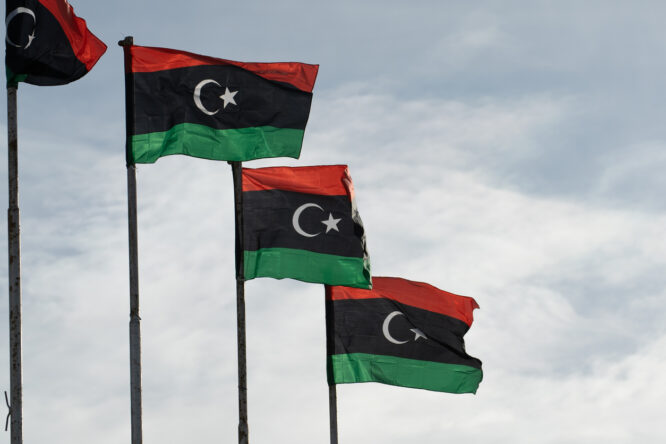
Once a major North African destination, Libya is now nearly impossible to visit safely. The country has been struggling with internal conflict, militia control, and political instability for years, making tourism a non-starter.
Even if you could get in (and getting a visa is almost impossible), it’s extremely dangerous for foreigners. Travel advisories across the board recommend against all travel, and the country has made little effort to signal that it wants tourists back anytime soon.
8. Somalia
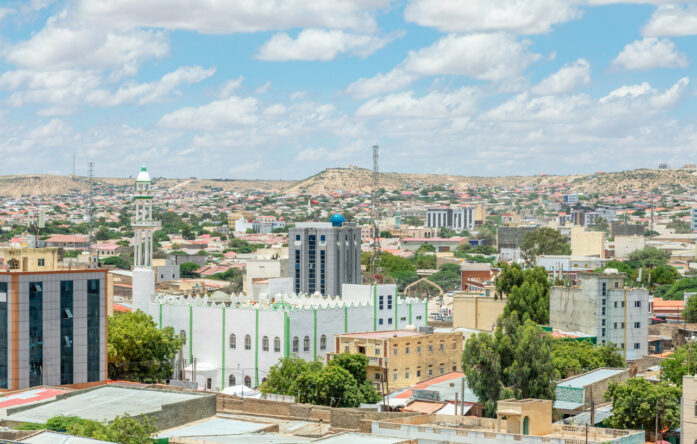
Somalia, like Libya, is a no-go zone for most travellers. Ongoing security issues, including kidnappings, armed conflict, and terrorism, make it one of the most dangerous countries in the world to visit.
There are no tourist facilities, little official support, and an extremely high likelihood of things going sideways. The message is pretty clear, even if you’re well-intentioned: don’t come. Locals have enough to deal with without having to worry about foreign safety or diplomacy fallout.
9. Syria

Before the war, Syria was a popular stop for adventurous travellers. Damascus, Palmyra, Aleppo—rich in history, architecture, and culture. However, the civil war changed everything. Now, most of the country is still too unstable or unsafe to welcome tourists.
Technically, it is possible to visit through a small number of government-approved operators. Still, many areas are inaccessible, dangerous, or heavily monitored. And for most Brits, it’s a high-risk, low-reward situation with a deep ethical layer to consider as well.
10. Yemen
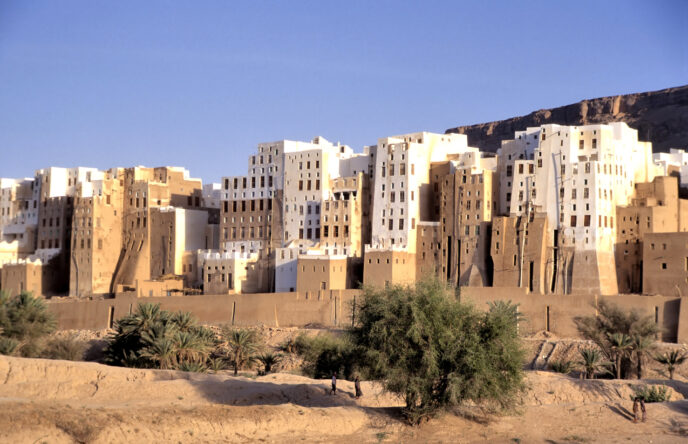
Yemen is another country with heartbreaking beauty—and heartbreaking conflict. Ongoing war, famine, and political instability have made it completely unsuitable for any kind of tourism. Even seasoned travellers and journalists avoid Yemen due to safety concerns. Infrastructure is in crisis, and the local population is focused on survival. Tourism isn’t just unwelcome—it’s inappropriate under the circumstances.




